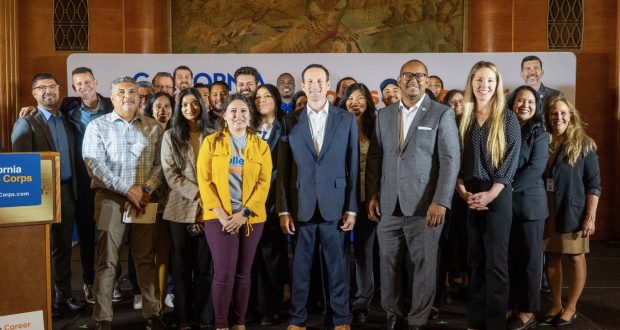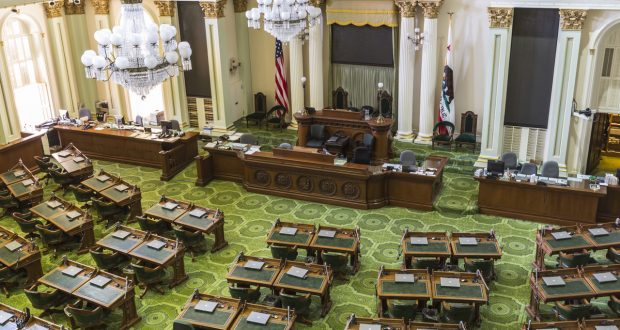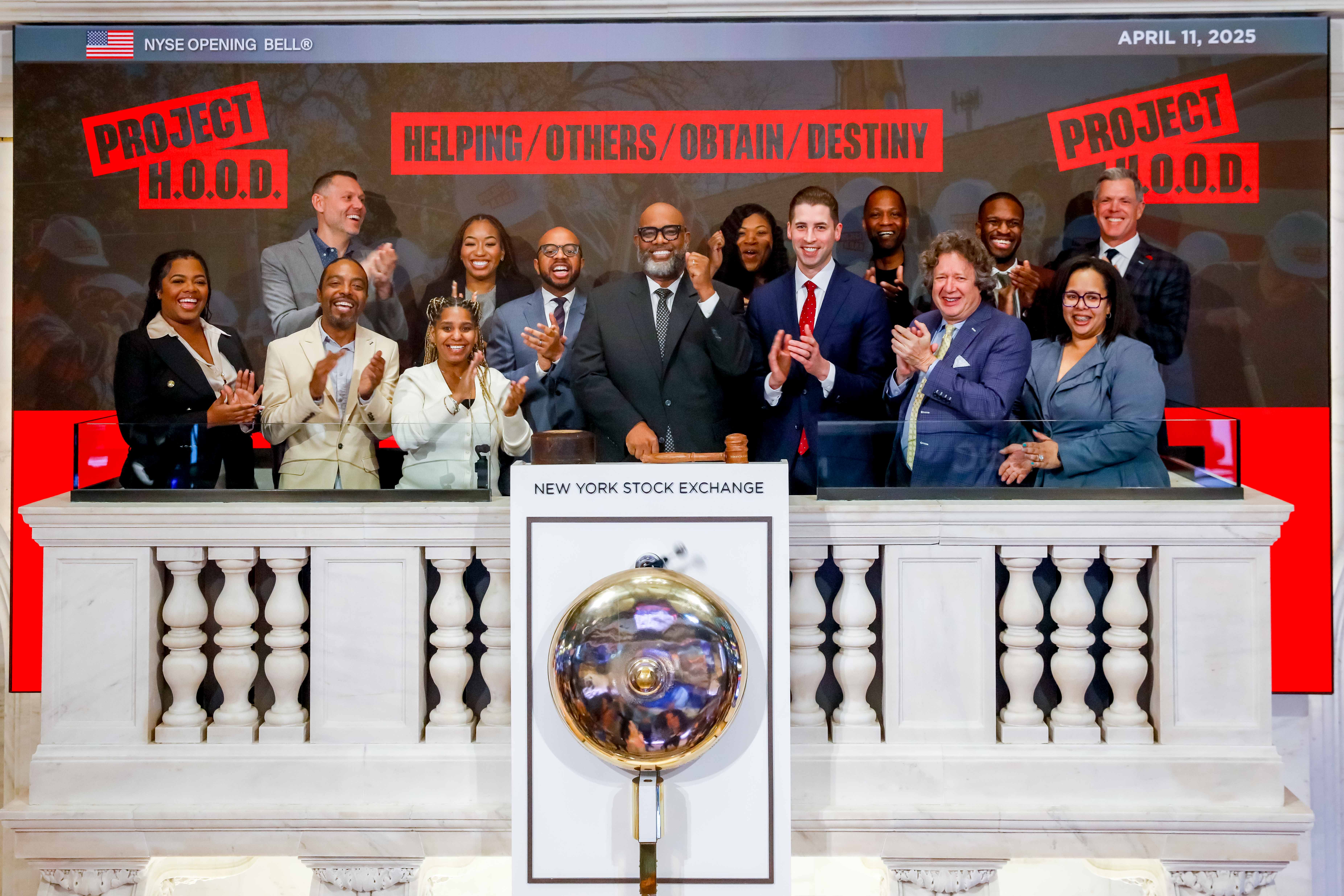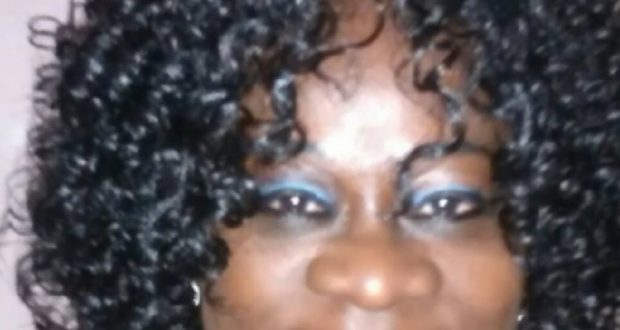As a senior leader and key advisor reporting to the C.E.O., Crystal Crawford will oversee strategic partnerships to expand the impact and efficacy of the Weingart Foundation.
LOS ANGELES, CA—- After an extensive national search, the Weingart Foundation, a private grantmaking foundation that partners with communities across Southern California to advance racial justice, has chosen Crystal Crawford to serve as its first Senior Director of Strategic Partnerships. In this newly created role, Crawford will oversee strategic partnerships and manage relationships with key stakeholders to expand the impact and efficacy of the Weingart Foundation.
“Crystal Crawford is an experienced and strategic leader who has demonstrated a deep commitment to advancing justice and equity for vulnerable communities across California,” said Joanna S. Jackson, interim President and C.E.O. of the Weingart Foundation. “As a nationally recognized leader in fighting poverty and advancing health and well-being, particularly in communities of color, she will be a tremendous addition to the Weingart team. We look forward to working with Crystal to cultivate meaningful partnerships that will help us strengthen our work serving communities most impacted by systemic inequities.”
Crawford, who has extensive experience in the legal, philanthropic, and nonprofit sectors, currently serves as Executive Director of the Western Center on Law & Poverty, a trailblazing legal and advocacy organization that works to bring about systemic and structural change in every branch of government. Previously, she was a program director at The California Wellness Foundation where she developed the organization’s groundbreaking Women’s Initiatives, a multi-million-dollar investment that advanced the health and economic security of women of color. Before joining Cal Wellness, she served as C.E.O. of the California Black Women’s Health Project, the first statewide organization solely devoted to improving the health of California’s Black women and girls through policy advocacy, education and outreach.
Crawford said: “I have been a long-time admirer of the Weingart Foundation’s outstanding commitment to racial justice and racial equity. Its impactful work has helped to transform communities and systems. At this time when work advancing racial justice and diversity, equity and inclusion is under heightened attack, I am looking forward to working with my colleagues as we deepen the Foundation’s work in communities and forge new partnerships with courage and boldness.”
Crawford is active in the leadership of numerous civic, advocacy and community organizations, including serving as chairperson of the five-member Los Angeles County Public Health Commission. Originally from Harlem, New York and Teaneck, New Jersey, Crawford earned her bachelor’s degree in history from Dartmouth College and law degree from the New York University School of Law. She is admitted to the bar in California, New York and New Jersey.
ABOUT THE WEINGART FOUNDATION
The Weingart Foundation is a private, nonprofit grantmaking foundation that partners with communities across Southern California to advance racial, social, and economic justice for all. Our vision is a dynamic and effective social change sector that is creating equitable systems and structures needed to achieve justice. Founded in 1951, the Foundation has to date granted over $1 billion to organizations, strengthening their efforts in human services, housing, health, education, and community power building. In addition, the Foundation builds networks and collaboratives with philanthropic, public sector, and community leaders to advance equity and justice together.
 Westside Story Newspaper – Online The News of The Empire – Sharing the Quest for Excellence
Westside Story Newspaper – Online The News of The Empire – Sharing the Quest for Excellence






